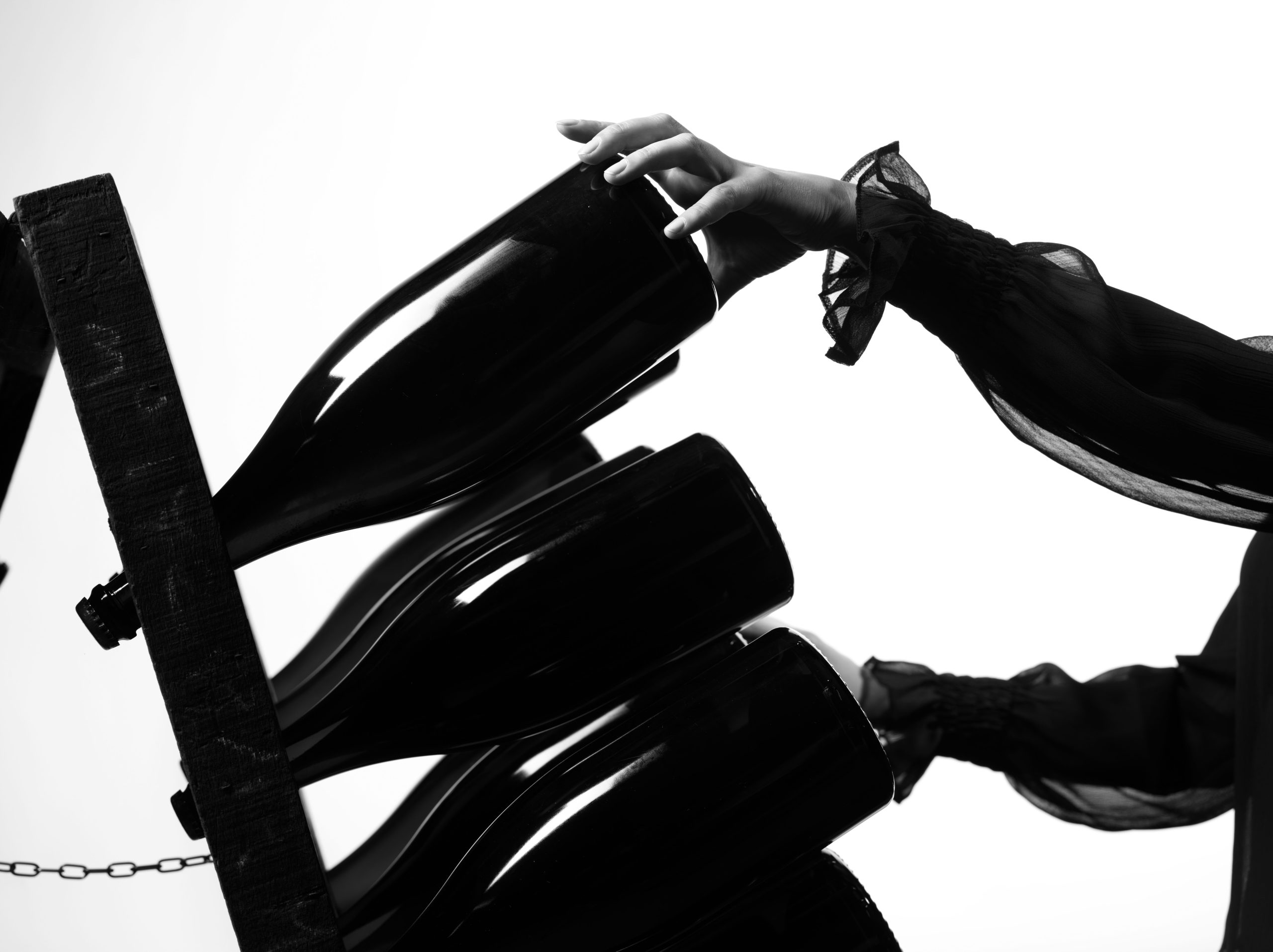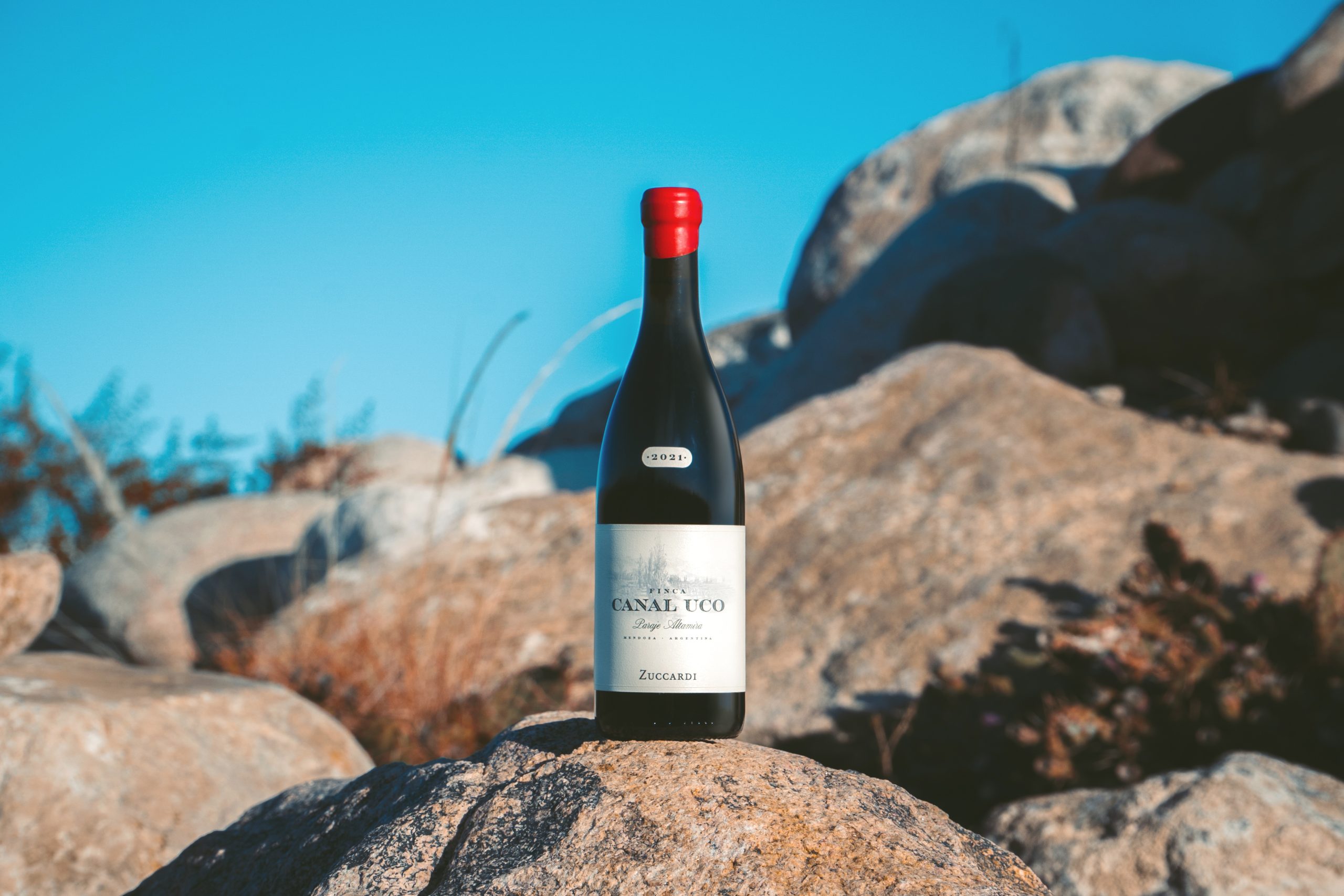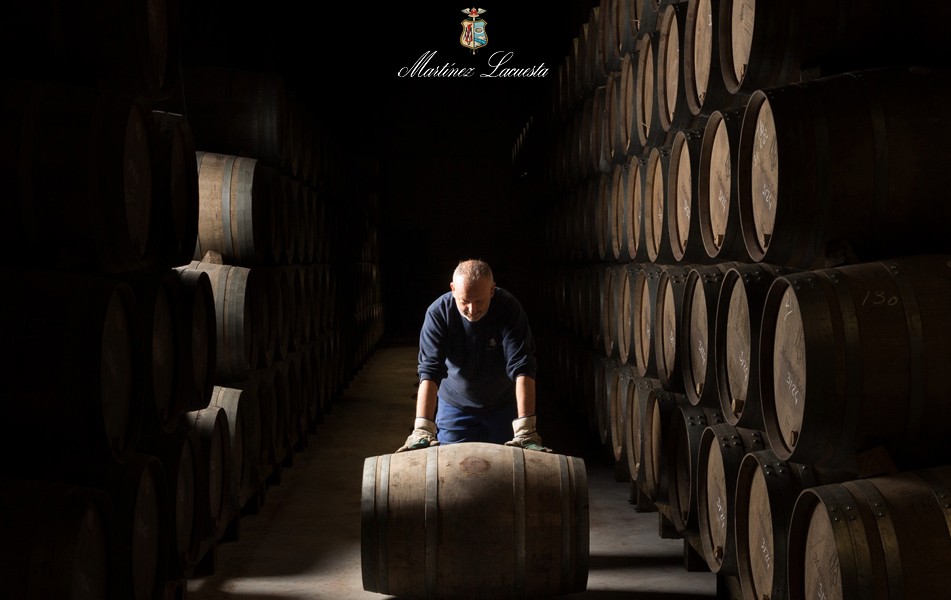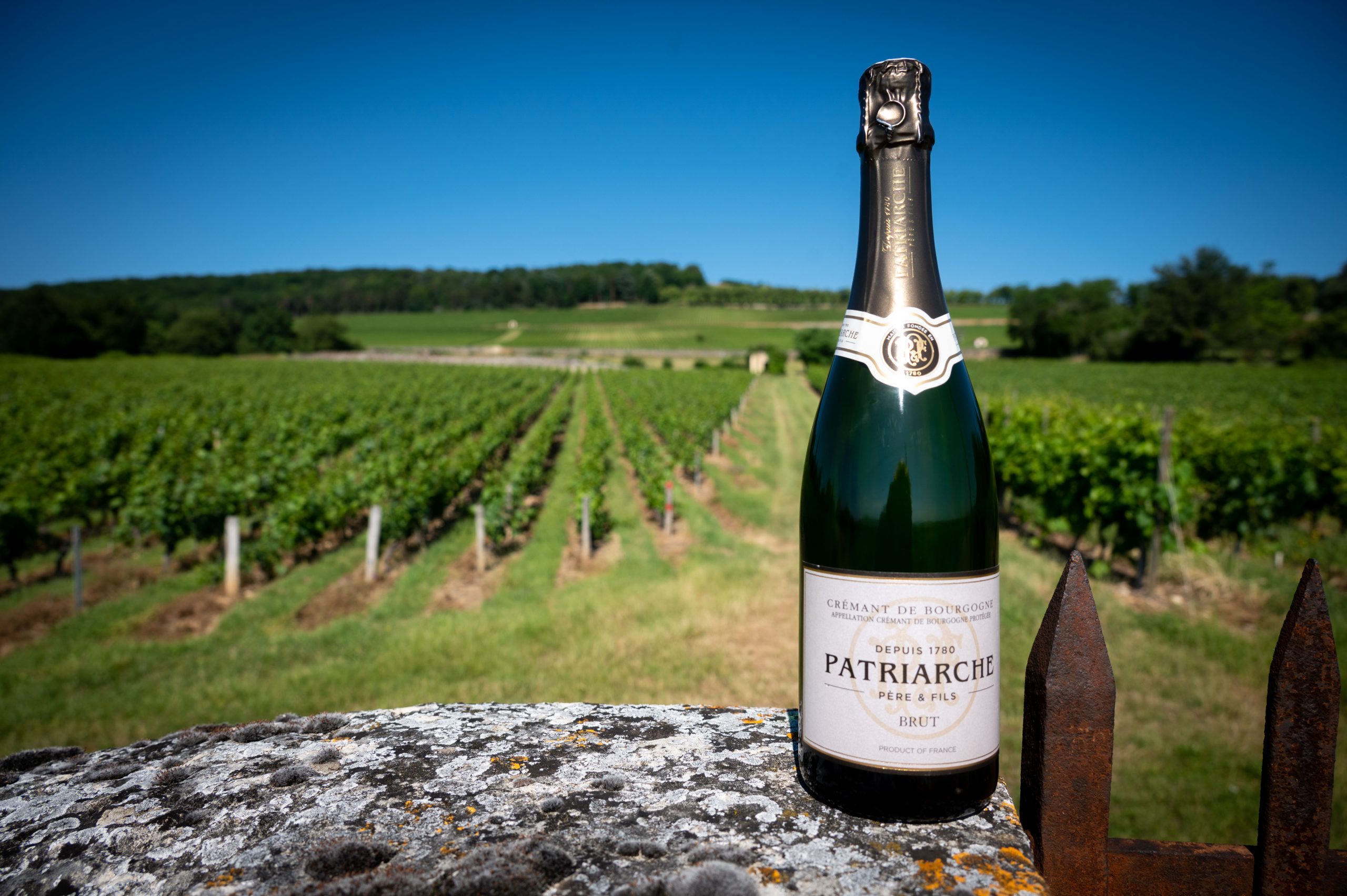Garda DOC braves SWOT analysis
Italian appellation Garda DOC, which encompasses the wine regions surrounding Lake Garda, has concluded a detailed analysis into its global standing, taking an unflinching look its weaknesses as well as its strengths. Sarah Neish investigates in this exclusive report.
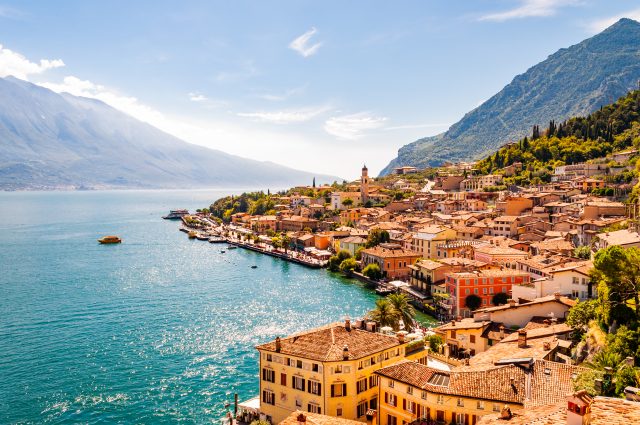
“Soon we will have something uncommon in the world of wine,” said Paolo Fiorini, president of the Consorzio Garda DOC, at the third Garda Wine Stories conference held in the town of Lazise on the shores of Lake Garda earlier this month.
“We consider it very important to have a real snapshot of the situation – including our weaknesses as well as our strengths – to understand where we want to go as a region,” he told national and international press as well as a host of Garda DOC producer members who gathered in June to hear the latest news from the appellation.
Stressing again the intention to rummage around in every corner, Fiorini emphasised: “We want to be aware of our own weaknesses.”
To this end, Garda DOC has carried out an internal SWOT analysis, which involved collating detailed feedback from producers, distributors, bottlers and co-ops to assess the inner cogs of the appellation. Additionally, the DOC commissioned the University of Verona to analyse Google search terms linked to Garda, with a few surprises.
Established in 1996 to enhance the quality of the region’s varietal wines and protect its producers, Garda DOC underwent a transformation in 2016 “which gave it momentum and brought in some new regulations,” explained Valentina Di Chiara, co-author of the SWOT analysis project.
If you’re not familiar with Garda DOC here are a few revealing facts and figures.
The focus of the DOC is largely white wines (73% of Garda’s total wine production was white in 2023), with Pinot Grigio and Chardonnay at the fore, along with local white grape Garganega. Sparkling wine is also on the rise with 622,267 bottles of fizz produced in Garda DOC in 2023. For comparison, around 5,400,667 bottles of Garda DOC Chardonnay were made in the same year.
Around 250 producers are currently Garda DOC members, and these producers come from regions all around Lake Garda, from Soave and Valpolicella to Lugana and Delle Venezie, which means you may be more familiar with the more famous traditional classifications listed on wine labels than with the Garda DOC tag itself. For example, a wine produced in Soave, an area to the south of the lake, might either be labelled as a Soave wine, or as a Garda DOC wine.
The advantage of a producer sporting a Garda DOC mention on its bottle is the immediate association for consumers with Lake Garda as a much-loved touristic destination (around 13 million tourists visit Lake Garda each year).
Recognising the good
According to the SWOT analysis the perceived value of Garda wines appears to be higher than the perceived value of other Veronese appellations. For instance, Garda DOC includes the Veneto and Lombardy underneath its umbrella, and while producers from these locations might make Delle Venezie Pinot Grigio, for example, or an IGP Chardonnay from the Veneto, they might also produce a Garda DOC Pinot Grigio or Garda DOC Chardonnay. In this instance, the Garda DOC wine is able to carry a higher price tag.
Garda grape prices are also higher than other local appellations, according to the study, as are the prices of resultant Garda DOC wines compared with, say, Delle Venezie Pinot Grigio, with Garda DOC wines carrying a 6.5% premium.
For this reason, “we should put aside any notion of lowering prices,” argued president Paolo Fiorini.
Secondly, wines are “immediately associated with the beauty of Lake Garda, which has a positive influence,” said Di Chiara. “Consumers may not necessarily know of Garda DOC as a wine region, but those who do know it really love it.”
Garda DOC has also integrated some wineries “of very high repute,” she pointed out, which has helped to improve the way in which Garda DOC wines are perceived.
Another boon, according to the SWOT analysis, is that Garda DOC is “well-managed, with no complaints from producers”. While this might sound like a luxury, db found it to be a necessity as according to a local producer each year wineries are free to decide whether to allocate their Pinot Grigio harvest, for example, to Garda DOC or to Delle Venezie. This means that membership is in a constant state of renewal, unlike some of the more traditional appellations where once you’ve signed up, you’re affiliated with that body until such time as you choose to leave. This keeps competition high and it’s in Garda DOC’s interest to keep the wheels well oiled and producers happy.
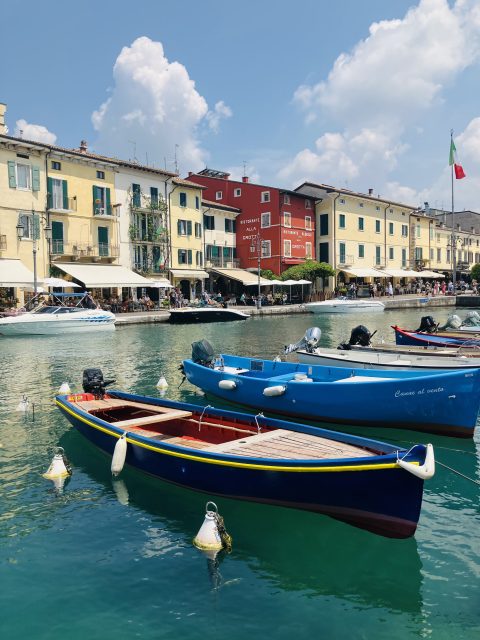
Facing the weaknesses
Of course it can’t all be sunshine and roses, and Garda DOC is more than prepared to stare down its weaknesses.
According to the SWOT deep dive, “e-commerce is not that developed yet in the appellation,” explains Di Chiara.
Undoubtedly the bigger issue, however, is that the appellation has “no specificity” for the consumer, with a need for greater focus. “We cover many different categories of wine and different regions underneath the DOC, so it’s difficult for consumers to define it,” explained Di Chiara.
There is also a “lack of information on the possibility for members and stakeholders of expanding their offering” through Garda DOC. By this she means that the appellation could be better at communicating to producers the various promotional activities it can offer to put their brands in front of the world.
Furthermore, admits Professor Eugenio Pomarici, head author of the SWOT study, while wines from Garda DOC can often command a higher price tag than wines from neighbouring appellations, a number of “pirate operations” operating in the region are still selling wine at “ultra-low prices”.
“It is always difficult to stop these kind of things and it causes a loss of repute and confidence in the region,” Pomarici said. The solution, he believes, “is to increase our prices and our presence in retail channels,” though he was quick to say that retailers themselves had an important role to play in preventing the devaluation of the region.
“These lower-quality, lower-priced wines cannot be the banner-bearers of the appellation,” he insisted.
Partner Content
To help convey a message of quality, producers might like to consider adding words such as ‘superiore’ or ‘riserva’ to their Garda DOC wine labels.
“Some wineries within the region can very easily charge a premium price for their wines, but for others it is not so easy. Having this sort of mention on a wine label would help such wineries,” Pomarici added.
There is also an education piece to be done among the sommelier community.
“Garda wines are latent on the wine lists of restaurants in some countries, which favour the historical Italian appellations,” said Pomarici. “We should be better known and acknowledged in the restaurant sector. We are starting to work on this and to communicate our value to sommeliers.”
Overall, the SWOT research shows that Garda DOC is a young appellation “in very good condition”, and the creation of the Consorzio in 2016 has “accelerated sales up to 140,000 hectolitres.”
“We are now in a moment of reflection to see whether we can enter a new phase of development,” concluded Fiorini.
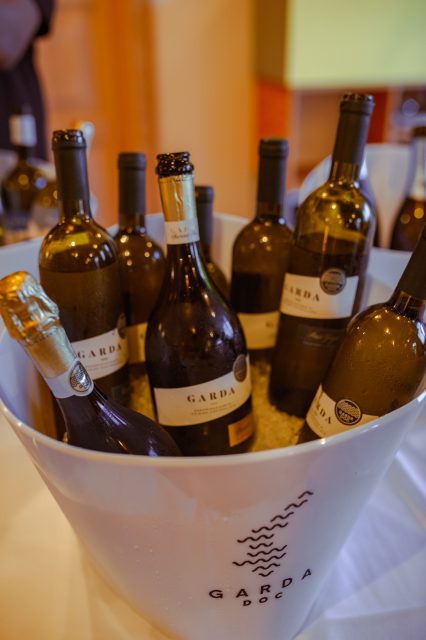
What does Google say?
The second part of the Garda Stories conference analysed the Google Searches made in relation to Garda wines and those from surrounding areas.
“Searches on Google can act as a predictor of what will happen in commercial terms,” says Professor Angelo Zago of the Department of the Science of Economics at the University of Verona, who led the search engine research.
The study looked at terms such as Lake Garda, searched in countries including the UK, US, Canada and Russia, as well as those in the EU.
The results showed that the term ‘Garda’ is the most sought-after term among those of the main Veronese appellations, followed by Valpolicella and Lugana.
‘Garda’ was most frequently searched for in the UK and Germany, though this does not necessarily relate to wine and is more likely to be a touristic search on Garda as a holiday destination as the term is most often searched during summer, Zago’s team found.
Searches for Garda DOC’s main competitor – Lugana – were considerably fewer (apart from in Germany) than search terms for Garda; evidence that the name Garda carries global weight and recognition.
A similar picture emerges when one looks at the Google searches for “alcoholic beverages” within the context of Veronese appellations. Eg. Garda and alcoholic beverages, Valpolicella and alcoholic beverages etc.
According to Zago’s analysis, England, Germany and Austria showed the most interest in the wines from Veronese appellations, with Trentino and Lombardy topping the list for consumer interest on Google.
“We have seen that a wine brand can be a driver in an area,” said Zago. “Think of Montalcino and Brunello. The former was not well-known until its wines started to gain global popularity.”
The Google project is ongoing and aims to analyse the role of tourism in stimulating interest in the wines from different appellations, including Garda, which the parallel SWOT analysis has already proven occupies an idyllic corner inside the UK consumer’s heart.

Related news
Castel Group leadership coup escalates
For the twelfth day of Christmas...
Zuccardi Valle de Uco: textured, unique and revolutionary wines

